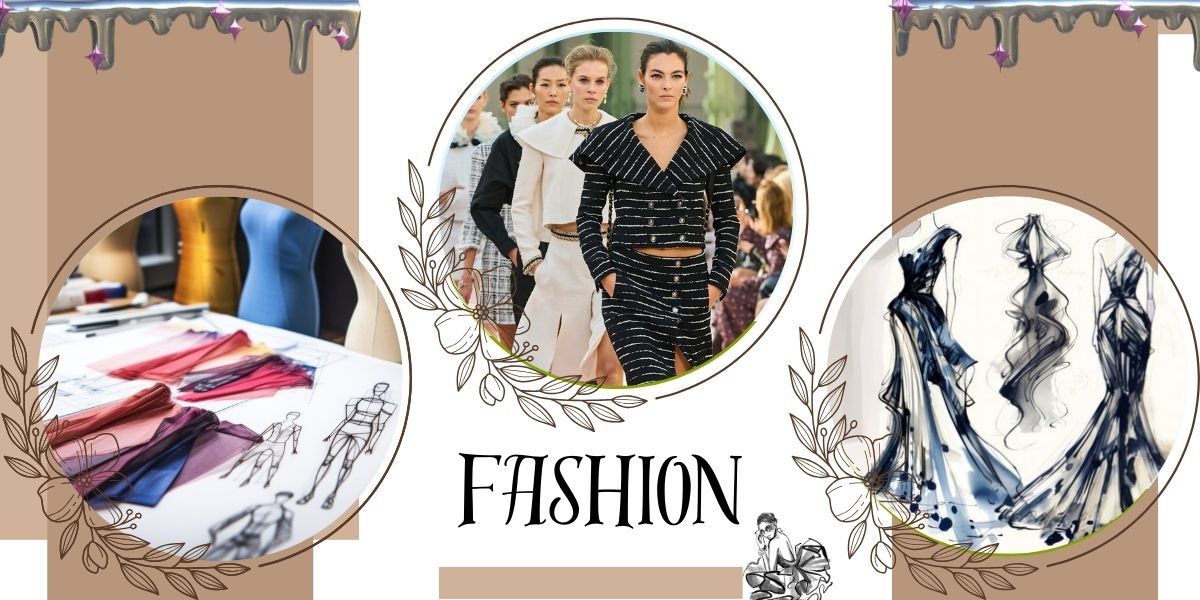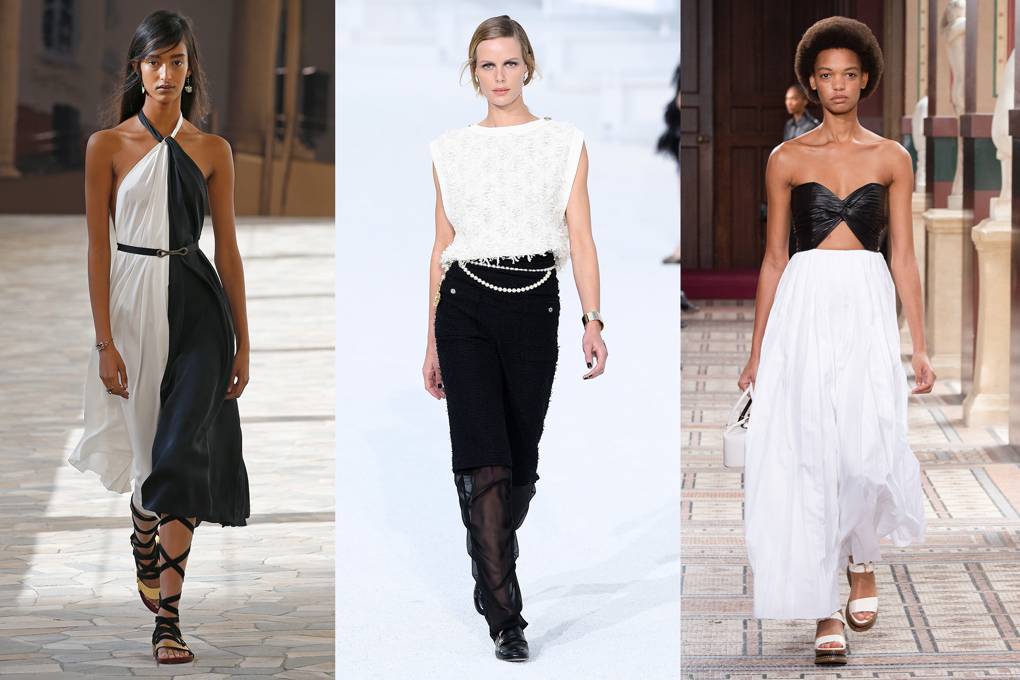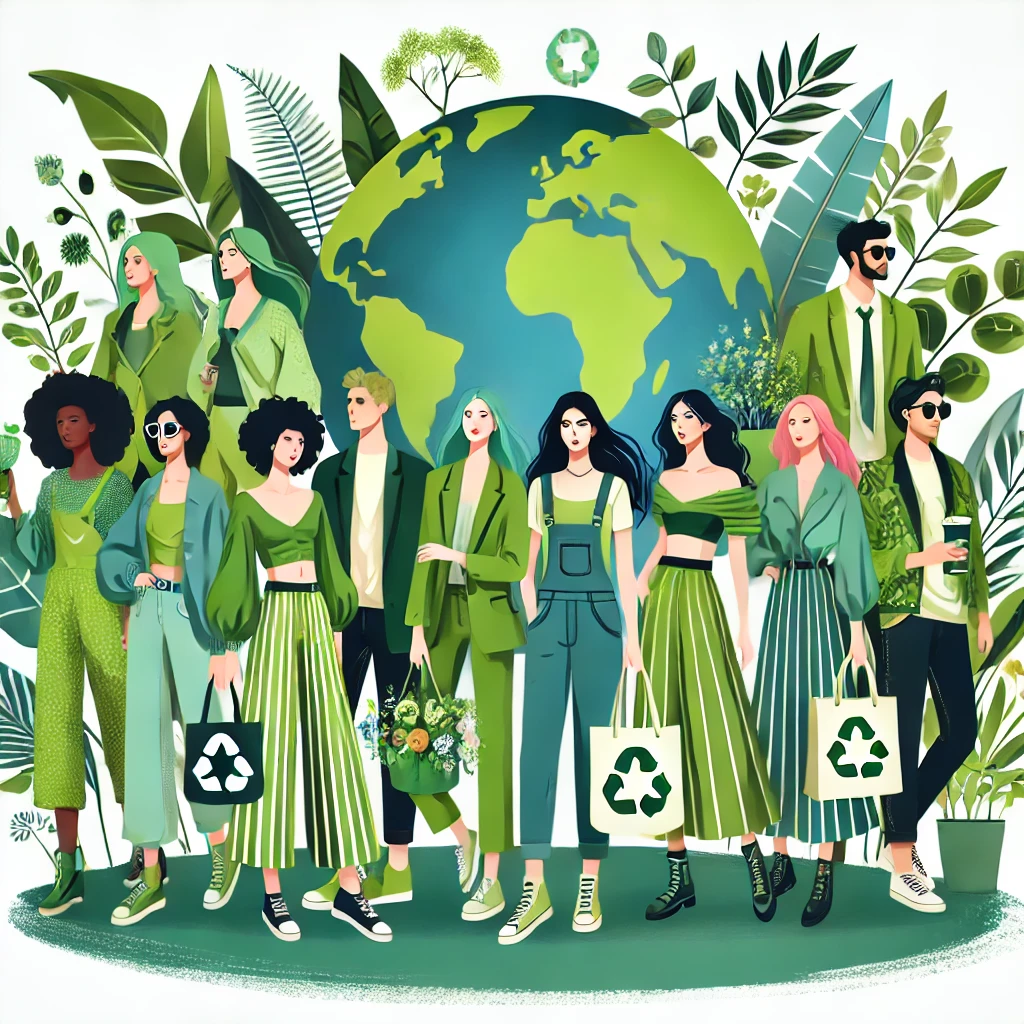Fashion: A Global Aesthetic
Fashion is the curated collection of clothes, shoes, bags, makeup, and jewelry that embody aesthetics across cultures. It is more than attire; fashion represents self-identity, value, and social status. Styles and mannerisms express group membership and personal values, transforming clothes into a visual language.
Clothing Separates People into Groups
Clothing visibly divides people by profession, social status, and culture. Uniforms, like those of doctors or police, indicate roles. Traditional attire signals cultural identity, while branded items denote socioeconomic class. Fashion styles mark boundaries, creating distinct social groups.
The Origins of ‘Fashion’
The word ‘fashion’ derives from the Latin verb “facere,” meaning “to make.” Initially centered on clothing creation and design, it now reflects global craftsmanship and culture. From Japanese tailoring to African prints, fashion blends contrasting styles, representing both social and personal expression worldwide.
Definitions
Fashion, from the French mode, conveys identity through clothing and style. In the 12th century, it reflected aristocratic ideals; today, it encompasses trends and cultural symbols. Scholar Susan B. Kaiser notes that clothing choices prompt social evaluations, showing identity through materials and colors. Unlike costume or basic clothing, fashion is a social system bridging individuality and cultural belonging.
Fashion History
Fashion evolved from a necessity for protection to an expression of identity, reflecting cultural and societal shifts. Early civilizations like Egypt, Greece, and Rome used garments such as linen tunics, chitons, and togas to signify class and functionality.
The Middle Ages introduced wool and silk attire with ornate designs to display rank, while the Renaissance saw luxurious textiles like velvet and brocade, alongside structured garments like corsets and farthingales. Baroque and Rococo eras added drama and pastel-toned ornamentation to silhouettes.
The Industrial Revolution enabled mass production, making crinolines, suits, and haute couture accessible. The 20th century brought rapid change with utilitarian designs during wars and post-war trends like mini skirts and punk styles.
Modern fashion focuses on sustainability, inclusivity, and technological integration, using high-tech fabrics and digital tools. Globalization enriches fashion by blending traditional and contemporary styles across cultures.
Fashion Trends
Fashion trends emerge from societal influences, cultural shifts, and innovation. Neutral tones define minimalist styles, while vibrant colors focus on bold aesthetics. Athleisure blends comfort and function. Sustainable fabrics like organic cotton and recycled polyester gain traction, alongside party wear featuring metallics and sequins.
Cultural influences include reimagined patterns like ikat and tartan, with K-pop inspiring bold streetwear. Accessories highlight oversized totes, micro bags, and chunky sneakers, while maximalist jewelry trends with layered pieces.
Technology shapes trends with smart wearables, digital fashion, and AI-driven designs. Sustainability emphasizes upcycling, capsule wardrobes, and transparency. Future fashion prioritizes inclusivity, personalization, and adaptive clothing in evolving collections.
Fashion Style
Fashion style reflects personal identity through clothing, accessories, and overall appearance. It includes various types such as:
- Casual Style: Comfortable clothing like jeans, t-shirts, and sneakers for everyday wear.
- Business Style: Formal or semi-formal attire, such as tailored suits and dress shirts, focusing on professionalism.
- Street Style: Urban, youth-inspired looks with graphic tees, oversized jackets, and sneakers.
- Bohemian Style: Free-spirited, flowy clothing with ethnic prints and earthy tones.
- Preppy Style: Collegiate-inspired outfits, like polo shirts, blazers, and loafers.
- Athleisure Style: Blends athletic wear and casual fashion, like leggings and sweatshirts.
- Minimalist Style: Simple, neutral-toned outfits with clean lines and functional clothing.
- Gothic Style: Dark, dramatic clothing, often in black, associated with alternative subcultures.
- Vintage Style: Incorporates timeless pieces from past decades for a unique look.
- High Fashion Style: Exclusive, custom-made couture with intricate designs and luxury fabrics.
- Eclectic Style: A mix of various influences, textures, and patterns for a personalized expression.
- Gender-Neutral Style: Clothing designed to remove traditional gender distinctions, focusing on comfort and inclusivity.
- Sustainable Style: Eco-friendly fashion, emphasizing quality, second-hand clothing, and ethical production.
Fashion Brands
Fashion brands create trends and shape consumer behavior through creativity and innovation. Luxury brands like Chanel, Louis Vuitton and Gucci set global trends with high end designs. Fast fashion brands like Zara and She-in offer affordable trendiness and fast consumption. Sustainable brands like Patagonia and Stella McCartney focus on eco friendly materials and ethical production. Streetwear brands like Supreme and Off White blend urban with high fashion and youth culture.
Tech brands like Tesla and Google put tech into fashion. Cultural powerhouses like Dior and Balenciaga influence celebrity and street fashion. Collaborations like Adidas x Kanye West merge luxury and pop culture. Global brands like Nike and Levi’s shape the international market and consumer culture. Fashion brands use digital and influencer marketing to reach multiple audiences.
Fashion Accessories
Fashion accessories enhance personal style and elevate outfits. Jewelry like necklaces and rings define your style with different materials. Bags like totes and clutches are functional and fashionable with designer and eco friendly options. Hats from fedoras to baseball caps complete your outfit and add style. Scarves and shawls are versatile and warm, belts cinch your waist and add fashion. Eyewear like sunglasses enhance visibility and style with trendy designs. Footwear like shoes and boots vary by season and comfort. Watches from luxury to minimalist are timepieces and status symbols. Gloves are warm and stylish, hair accessories elevate your hairstyle. Footwear accessories like shoe clips add comfort and decoration. Tech accessories like phone cases and earbuds are fashion and function.
Fashion Industry
The fashion industry involves the design, production, and marketing of clothing and accessories, spanning luxury, fast fashion, and sustainable segments. Brands like Chanel and Zara drive trends, with designers influenced by cultural factors. Sustainability is a growing focus, with brands such as Patagonia adopting eco-friendly practices.
E-commerce platforms like ASOS transform retail, while marketing through social media and influencers shapes consumer behavior. Fashion weeks and technology, like AI and 3D printing, influence design and trends. The industry generates significant global revenue, shaping culture and providing millions of jobs, though it faces challenges in sustainability and ethics.




